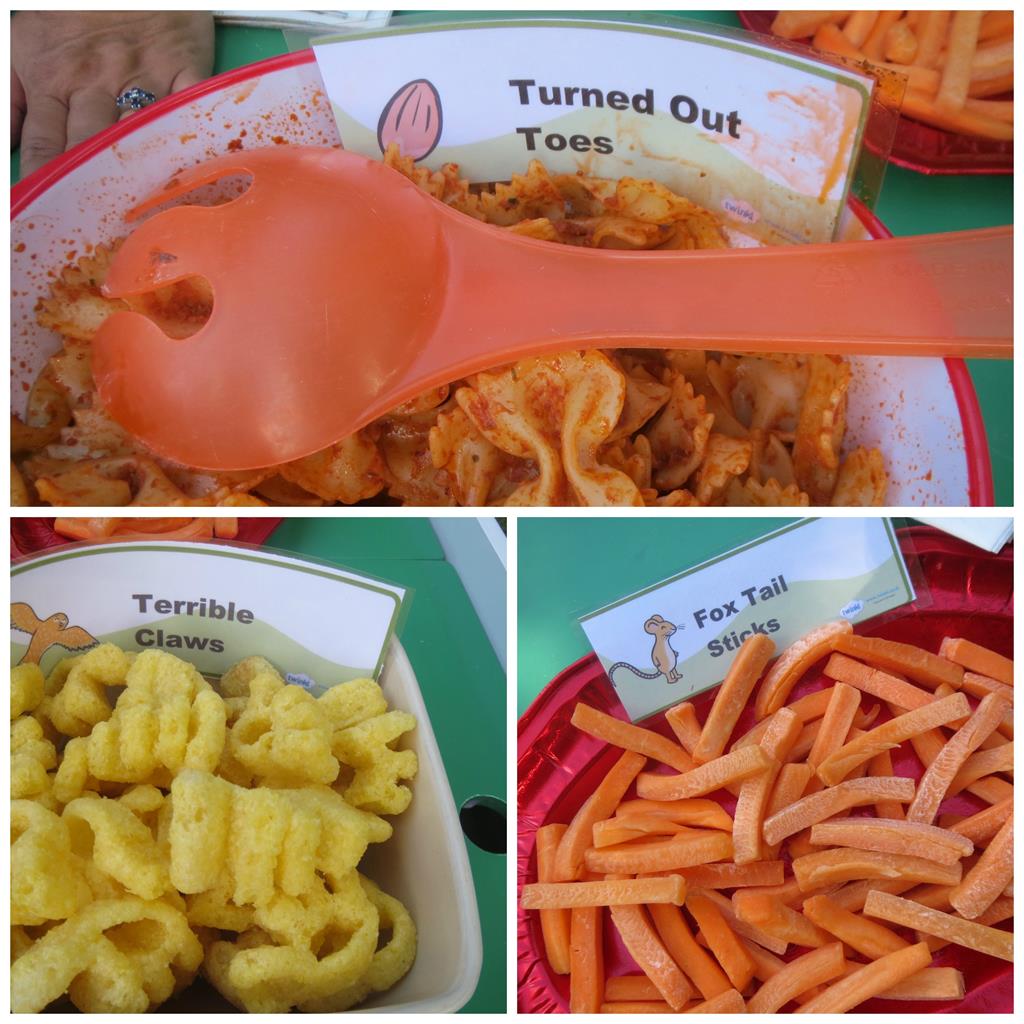Changing food trends have resulted in changes from everyday food marketing to healthier food marketing. Naturally, this has influenced the behavior of consumers. As consumer needs and perceptions evolved, consumers became interested in health-friendly foods as well as information about the ingredients consumed.
No wonder, marketers now include tags like “zero sugar” and “low fat” to reassure consumers about the health benefits. And, this seems to have affected the perspective of parents who now inspect the packaging closely to find out how it affects children’s health.
So, product packaging now plays a key role in product preferences of kids and thereby their parents’ buyer behaviour.

How Food Marketing Influences Children-Targeted Product Packaging?
Nowadays, children have more spending power and have become consumers in their own right. On top of that, they’ve become key influencers when it comes to make decisions within the family unit. This level of power has led to children becoming a highly lucrative target market. Almost every adult product, from soap to glass products, is designed to appeal to children.
As far as food manufacturers are concerned, they are gaining more recognition from kids than ever on television thanks to continuous advertising innovations. While this trend is slowly increasing, it has also come under fire from parents due to its contribution to childhood obesity.
As a result, promotions of high fat, salt and sugar (HFSS) products to kids are banned from broadcast on television. Many have regarded this approach as a step in the right direction when it comes to keeping childhood obesity issues in control as it curbs the rising influence of the various methods used by marketers to sway children into purchasing their products.
How Marketers Capture Kids’ Attention?
Marketers are using the power of branding to lure children in. Popular cartoon characters aimed at kids, interesting shapes, kid-friendly creatures or animals, tie-ins with popular kid’s films or TV shows, gifts or offers, and words like “the perfect children’s snack” or “kids”. These are just a few of the tactics used to garner the attention of this market segment. And, it works because children respond more favorably to “eat-ertainment” – a unique combination of food and fun.

The Rise of Eat-ertainment
Marketers target kids through product packaging and advertising by using the idea of “eatertainment” to send messages of fun and fantasy, thereby bypassing parent preferences and their concerns for nutrition and health. They come up with fresh techniques to influence the purchase decisions of the children.
Thus, packaging is no longer limited to a functional purpose; it is now an indispensable part of branding, positioning, as well as associated communications – altogether creating an integrated marketing communications campaign. Shrink wrap is not just shrink wrap anymore!
However, it is worth noting that marketers purposely target the younger generation more than the parents, particularly when it comes to product packaging design. Their products appeal to the developing interests of the children, thereby pressurizing and influencing the buyer behavior of the parents.
How Packaging Affects Kids’ Preferences?
While the advertising of HFSS products among children needs to stop, little has been done in the way of restrictions when it comes to packaging. Purchase decisions are influenced by both informational and visual elements. Thanks to the limited informational processing abilities of children, however, they often assess products and packaging mainly based on visuals.
Marketers must, therefore, not only rely on functional food packaging; they must use eye-catching visual details constantly, such as interesting colors, recognizable characters, and designs to make the item stand out in the children’s eye.

The truth is, as long as the packaging looks “nice”, it is bound to attract kids. Moreover, once a mother is assured that their kid will eat the product without wasting anything, they will purchase the food item. Therefore, mothers understand the power packaging can have on their kids’ requests, but they often succumb to such requests to prevent a conflict situation.
Packaging Influences Kids’ Purchase Decisions
Children are likely to choose foods that have fun imagery, even if these foods are not nutritious. However, it is not clear if the packaging acts as a prompt to advertising or whether it influences the kids’ preferences directly. Just as in the case of the HFSS foods fan, it is important to find out if a direct relationship is present between children’s choices and packaging, and if similar limitations must be imposed on the packaging of kids’ products.
How Packaging Impacts Parents?
Packaging is used by marketers to promote kids’ items to parents. In other situations, the marketers seek to bypass the parents altogether and communicate directly with the kids, making them the influencers as well as the advocates of the items, thereby impacting the purchase decisions of the parents.
What’s more, parents are finding it increasingly hard to deny those food items to their kids that are endorsed by popular celebrities or characters. However, their concern is justified as most of these marketing methods work to promote unhealthy treats.
Kid-targeted marketing also contributes to the “pester power” problem. This is when a child tries to sway their parent’s purchase decisions by repetitive and often confrontational behavior, often with some success. This mainly works in the case of food, toys, and clothing. Thus, a supermarket is one of the most stressful places for a kid and a parent to enter because the child will instantly be able to see all the products on display.
Concluding Remarks
The impact of packaging on the product preferences of children as well as the buyer behavior should not be discounted under any circumstances. With kids nowadays becoming more exposed to media, marketers are using the power of advertising to reach out to more of this market segment and influence the purchase decisions of the parents simultaneously.
This is a collaborative post
